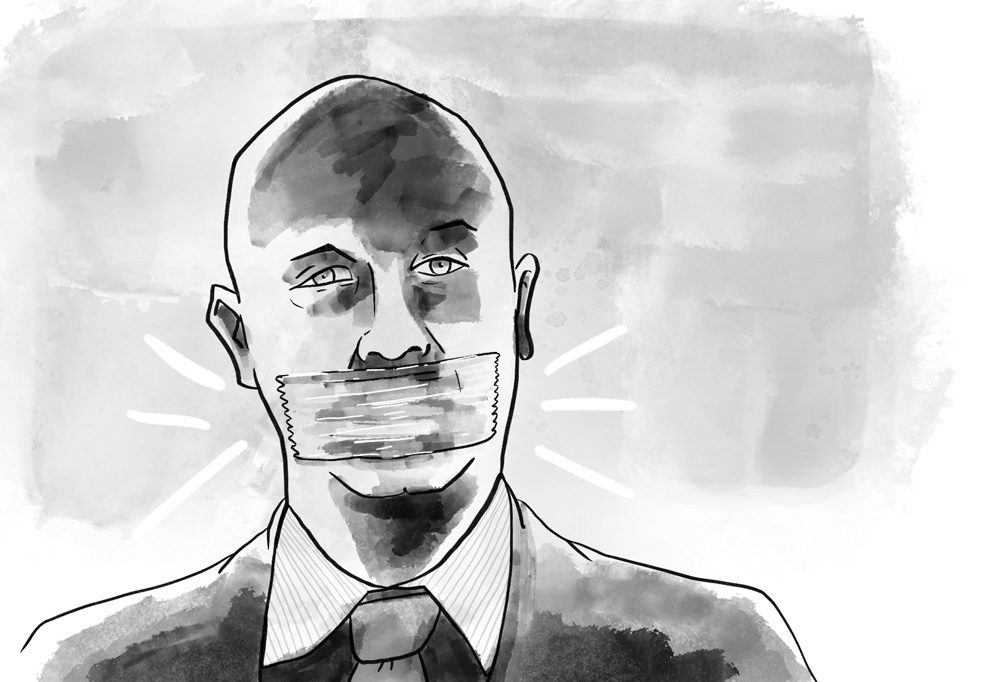
If your client doesn’t appear in front of a judge, jury, or video camera as believable, genuine, and authentic … they’re toast.
As you know, your client’s credibility is everything and it can vanish in a heartbeat if your client won’t stop talking at their deposition or in court.
When a witness over-talks, hems, haws, and becomes allusive, they come off as unknowledgeable, aloof, and disingenuous. Their credibility drops like a boat anchor. Without it, they’re paralyzed when facing an experienced trial attorney – and the carefully thought-out theme you’ve prepared for them is in jeopardy if they can’t deliver.
How do I know this? Over-Talking is the NUMBER ONE reason given by jurors and participants in mock trials as the reason they don’t trust the testimony from a client.
To counter this, clients must learn question-answering basics. Unfortunately, giving a concise and precise answer isn’t something that comes naturally to most people. Like learning how to play an instrument or a sport, properly answering questions from a skilled examiner is a process that needs mastering. Here’s a technique you can use to teach your client how to talk less and say more.
Instruct your client to do the following for each question they are asked:
- Listen intently to the question.
- Repeat it in your mind, taking a few seconds to formulate a short answer.
- Think before you start talking. It’s better not to respond until you know what you want to say than to start, stop and correct – which comes across poorly.
- Respond precisely.
- Answer only the question that’s asked. It’s tempting to try to explain and bring in more – but resist. All that’s important is answering the one question asked.
- Once you answer, just stop talking.
The “just stop talking” is the tricky part. But here’s a shortcut to get clients to give short answers. Ask them to name their favorite number between 5 and 10. This number becomes the threshold for how many seconds they have to answer the question. (I’ve found that most people say 7.)
 Using a timer app with seconds and a buzzer, when the client exceeds the 5-10 seconds they selected … BUZZZ. Keep drilling and asking them the question and continue to buzz them until they answer prior to the buzz sounding.
Using a timer app with seconds and a buzzer, when the client exceeds the 5-10 seconds they selected … BUZZZ. Keep drilling and asking them the question and continue to buzz them until they answer prior to the buzz sounding.
Your client wants to avoid being buzzed – just as your child wants to stay out of time-out. As you drill, they’ll shorten their responses and learn how to succinctly answer. One hour of drilling on this technique will mold your client into an effective responder. Its less painful and works as well as electroshock conditioning.